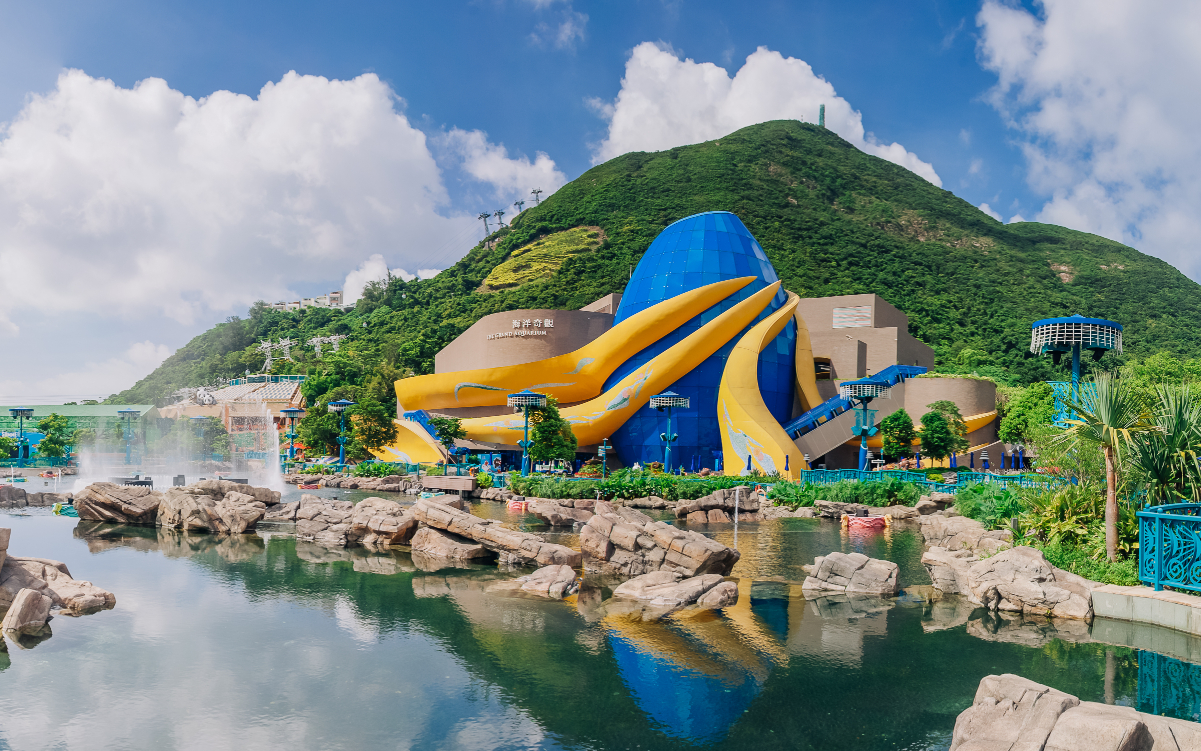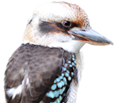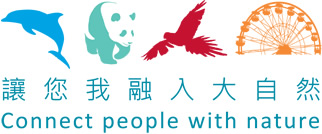Explore what Ocean Park is all about.
Ocean Park Hong Kong proudly celebrates the achievement of the world's first successful artificial insemination (AI) of a cownose ray (viviparous ray). This significant event brought forth a delightful female pup named April, born in April 2023 at The Grand Aquarium. The adorable pup joins its cownose ray companion currently residing in the shark and ray pool, where public visitors can meet them.
“The success of this project is a true testament to the expertise of Ocean Park Hong Kong's veterinary and animal husbandry teams. Their unwavering commitment to conservation and advancements in marine life sciences shines through in this achievement. The complexity of the procedure, coupled with the advanced technicality involved in every step, further underscores the team's technical proficiency. This accomplishment serves as a powerful example of our focus on conservation and education, inspiring us all to protect and understand our precious marine ecosystem,’’ said Paulo Pong, Chairman of Ocean Park Corporation.
Cownose rays, endangered according to the IUCN Red List, primarily inhabit the Indo-West Pacific Ocean. They are live-bearing animals, usually give birth to a single offspring at a time. Natural mating poses difficulties due to their rough courtship behaviour, and stillborn births and embryo resorption are not uncommon in this species. Given the challenges to our oceans and the growing threats to aquatic biodiversity, breeding programmes for elasmobranchs, including cownose rays, hold immense significance.
"From semen collection, insemination to post-insemination monitoring, the entire procedure is based on the foundation of the commitment of both veterinary and animal husbandry teams. One of the highlighted steps of the project is the chilling and storage of the semen, which is a study-in-progress by scientists worldwide. Our team has worked hard and overcome many technical hurdles to achieve this milestone, and we are proud to share our findings to inspire others to join conservation efforts. Additionally, throughout the entire pregnancy journey, we conducted regular ultrasound examinations without the need for sedation – thanks to the husbandry trainings carried out by our animal caretakers. This truly exemplifies the strong bond between the animals and our animal care team," said Dr Paolo Martelli, Director of Veterinary Services of Ocean Park Hong Kong.
Unveiling a landmark in marine science
Ocean Park Hong Kong's Zoological Operations and Conservation team’s expertise has enabled the processing of semen, the successful insemination, meticulous follow-ups, and the overall maintenance of the health and well-being of the animals. The process shows that well-trained animals allow regular handling as they become active and willing participants in their own care and management, thus limiting associated stress and risks. This ground-breaking project not only generates valuable data for the industry but also opens up many possibilities for future research and conservation endeavours in the field of marine science, with a particular focus on sharks and rays reproduction.
The advanced artificial insemination (AI) procedure
“The success of this project is a true testament to the expertise of Ocean Park Hong Kong's veterinary and animal husbandry teams. Their unwavering commitment to conservation and advancements in marine life sciences shines through in this achievement. The complexity of the procedure, coupled with the advanced technicality involved in every step, further underscores the team's technical proficiency. This accomplishment serves as a powerful example of our focus on conservation and education, inspiring us all to protect and understand our precious marine ecosystem,’’ said Paulo Pong, Chairman of Ocean Park Corporation.
Cownose rays, endangered according to the IUCN Red List, primarily inhabit the Indo-West Pacific Ocean. They are live-bearing animals, usually give birth to a single offspring at a time. Natural mating poses difficulties due to their rough courtship behaviour, and stillborn births and embryo resorption are not uncommon in this species. Given the challenges to our oceans and the growing threats to aquatic biodiversity, breeding programmes for elasmobranchs, including cownose rays, hold immense significance.
"From semen collection, insemination to post-insemination monitoring, the entire procedure is based on the foundation of the commitment of both veterinary and animal husbandry teams. One of the highlighted steps of the project is the chilling and storage of the semen, which is a study-in-progress by scientists worldwide. Our team has worked hard and overcome many technical hurdles to achieve this milestone, and we are proud to share our findings to inspire others to join conservation efforts. Additionally, throughout the entire pregnancy journey, we conducted regular ultrasound examinations without the need for sedation – thanks to the husbandry trainings carried out by our animal caretakers. This truly exemplifies the strong bond between the animals and our animal care team," said Dr Paolo Martelli, Director of Veterinary Services of Ocean Park Hong Kong.
Unveiling a landmark in marine science
Ocean Park Hong Kong's Zoological Operations and Conservation team’s expertise has enabled the processing of semen, the successful insemination, meticulous follow-ups, and the overall maintenance of the health and well-being of the animals. The process shows that well-trained animals allow regular handling as they become active and willing participants in their own care and management, thus limiting associated stress and risks. This ground-breaking project not only generates valuable data for the industry but also opens up many possibilities for future research and conservation endeavours in the field of marine science, with a particular focus on sharks and rays reproduction.
The advanced artificial insemination (AI) procedure
- Six months before the planned AI procedure, three adult female cownose rays living at Ocean Park Hong Kong were examined to ascertain their non-gravid status. They were then housed together in the absence of males for a duration of six months before the procedure. Ultrasonography was repeated after four months and immediately prior to AI to verify that they were indeed non-gravid at the time of insemination.
- The AI process began in February 2022 with the collection of semen from two adult male cownose rays. The semen was then diluted and preserved at a temperature of 4 degrees Celsius overnight. The selection of the suitable diluent or chilling medium is crucial in this process and continues to be an area of ongoing focus and development.
- Inseminations were performed by the veterinarians, supported by the animal husbandry team, like every other procedure.
- Following the insemination, the veterinary team performed multiple ultrasound examinations to diagnose and confirm pregnancy. Remarkably, these examinations were conducted under voluntary trained behaviour without the need for sedation. At week 20 post-AI, one of the females was confirmed pregnant.
- On 23 April 2023, at a gestation period of 61 weeks and 2 days, the female ray successfully gave birth to a lively pup. The birth was later confirmed to be a result of the AI, and not from parthenogenesis. The gestation period observed in this case exceeded the 47 to 53 weeks reported in existing literature. Regular voluntary ultrasound examinations played a crucial role in the successful monitoring of the pregnancy.







